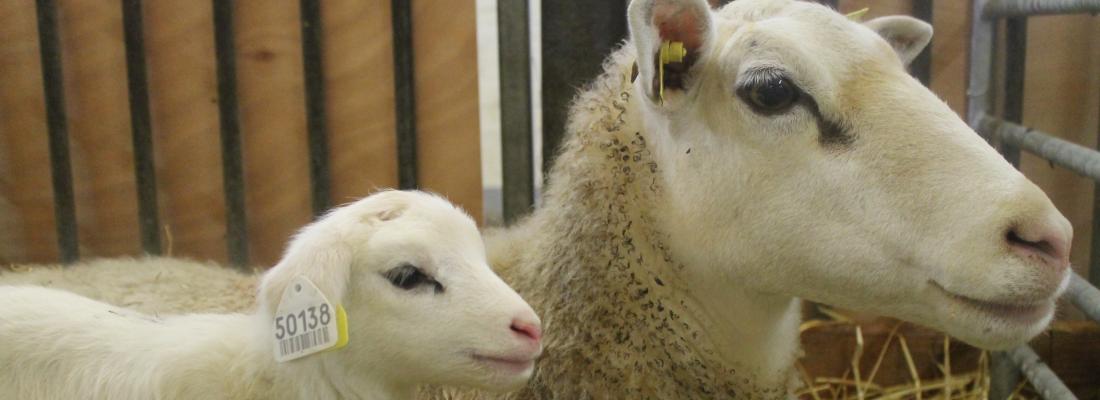Biodiversity Reading time 4 min
Neonatal suckling, oxytocin, and early infant attachment to the mother
Published on 02 July 2021

The neuropeptide oxytocin (OT) promotes maternal care and social affiliation in adults but its importance in infant attachment still remains unknown. True animal models of infant attachment are extremely rare, and the sheep (in complement to non-human primates) is one of the few that provides the opportunity to investigate its neuroendocrinological basis.
In the lamb, access to the udder has strong rewarding properties for the establishment of a preferential relationship with the mother. Therefore, the present study explored the possible involvement of OT through its release during close social contacts with the mother.
The first experiment revealed that lambs having free access to the udder from birth onward developed, by 12 h of age, a clear preference for their mothers over another maternal ewe. Delaying access to the udder for six, four or even only 2 h starting at birth, by covering the ewe’s udder, resulted in the lack of such a preference without affecting general activity. These effects persisted in most cases at 24 h but by 72 h of age a bond with the mother was clearly expressed.
Experiment two showed that social interactions with the mother were followed by a release of OT in the plasma when lambs had the possibility to suckle. Non-nutritive interactions were without effects. Preliminary data on two subjects suggested that OT might also increase in the cerebrospinal fluid after suckling.
Finally, in the third experiment, oral administration of a non-peptide OT receptor antagonist (L-368-899, Merck) over the first 4 h after birth led to decreased exploration of the mother’s body compared to lambs receiving saline, and impaired the expression of a preference for the mother at 24 h. The effects were no longer observed at 48 h.
Our findings demonstrate that both delayed access to the mother’s udder and OT receptor antagonist alter the onset of mother preference in newborn lambs. This suggests that central OT facilitates the development of filial attachment through its release during suckling.
Nowak, R.; Levy, F.; Chaillou, E.; Cornilleau, F.; Cognie, J.; Marnet, P.G.; Williams, P.D.; Keller, M., 2021. Neonatal Suckling, Oxytocin, and Early Infant Attachment to the Mother. Frontiers in Endocrinology, 11: 16. http://dx.doi.org/10.3389/fendo.2020.612651
